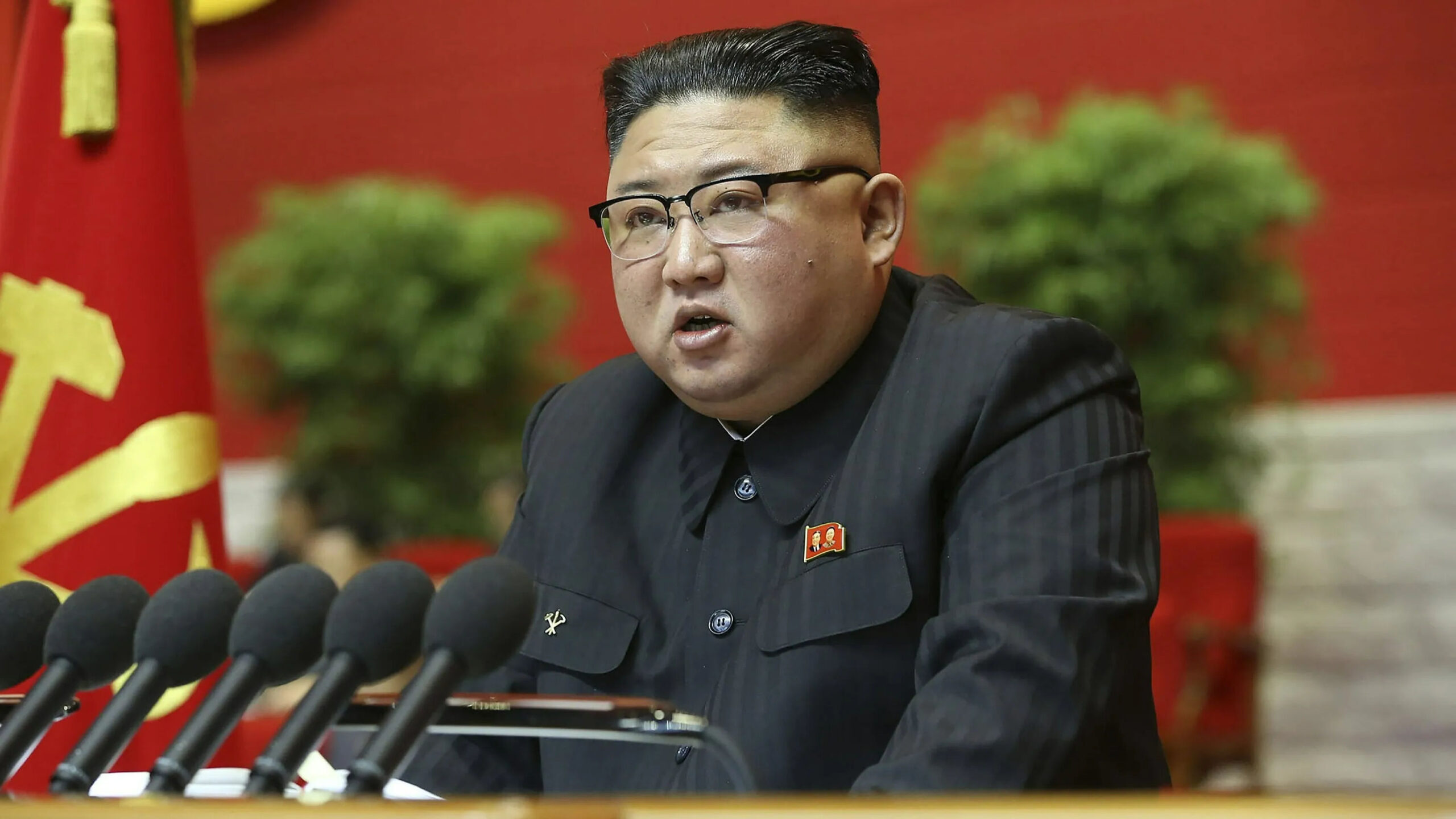Seoul: North Korea said Thursday that its leader Kim Jong Un oversaw successful tests of two types of missiles — one designed to carry a “super-large conventional warhead” and the other likely a nuclear warhead — as he ordered officials to bolster his country’s military capabilities to repel U.S.-led threats.
The tests appear to mirror multiple missile launches that neighboring countries say North Korea carried out on Wednesday, expanding its series of weapons displays as clashes with the United States and South Korea intensify.
The Korean Central News Agency (KCNA) said Kim oversaw the launch of the new Hwasongpho-11-Da-4.5 ballistic missile, which is domestically built and equipped with a simulated “super-large 4.5-ton conventional warhead.” It added that the test launch was aimed at verifying the ability to accurately hit a target with a range of 320 kilometers, suggesting it is a weapon intended to attack sites in South Korea.
KCNA said Kim also directed the launch of an upgraded “strategic” cruise missile, a word that implies the weapon was developed to carry a nuclear warhead.
Following the tests, Kim stressed the need to continue “strengthening nuclear force” and acquire “overwhelming offensive capability also in the field of conventional weapons,” according to KCNA. Kim said North Korea can only thwart its enemies’ invasion intentions when it has strong military power.
The KCNA news agency released photos of a missile hitting a ground target. South Korea’s military said later Thursday that it assessed that both ballistic and cruise missiles fired by North Korea the previous day landed in the mountainous region of northeastern North Korea.
North Korea routinely conducts missile test launches from its east coast, and it is highly unusual for the country to fire missiles at ground targets, likely due to concerns about potential damage on the ground if the weapons land in unintended areas.
Jung Chang Wook, director of the Korea Defense Study Forum think tank in Seoul, said North Korea is likely aiming to show it is confident in the accuracy of its new ballistic missile. Jung said the missile’s high-yield warhead is intended to strike ground targets, but North Korea has not acquired weapons that can penetrate deep into the earth and destroy underground structures.
The first known test of the Hwasongpho-11-Da-4.5 missile occurred in early July. North Korea claimed the July test was also successful, but South Korea’s military denied this, saying one of the two missiles fired by North Korea drifted abnormally during the initial stage of its flight before falling in an uninhabited area near Pyongyang, the capital. North Korea has not released photographs of the July launches.
North Korea has been pushing to introduce a variety of sophisticated weapons systems designed to strike both South Korea and the U.S. mainland to deal with what it calls growing security threats from its rivals. Many foreign experts say North Korea would ultimately want to use its expanded arsenal as leverage to extract greater concessions in future relations with the United States.
Last week, North Korea released photographs of a secret facility for enriching uranium for nuclear weapons. The KCNA news agency said Kim, during a visit to the facility, called for greater efforts to produce “exponentially” more nuclear weapons.
It was not clear whether the facility is at North Korea’s main Yongbyon nuclear complex, but it was North Korea’s first demonstration of a uranium enrichment facility since it showed one at North Korea’s main Yongbyon nuclear complex to visiting U.S. scholars led by nuclear physicist Siegfried Hecker in 2010.
In an analytical article co-written with another expert, Robert Carlin, that was published Wednesday on the North Korea website 38 North, Hecker said the centrifuge room shown in the recent North Korean photos was not the same one he saw in November 2010.
Hecker and Carlin said they believe the new centrifuges provide “only a modest increase in capacity,” although North Korea could increase its enrichment capacity simply by building more centrifuge plants.
In a separate joint analysis also published Friday on 38 North, other experts said the centrifuges shown in the photos are not the ones observed by Hecker, but a more advanced design. They said the images send “a strong message that the country has ample capability and continued willingness to expand its nuclear program.”
(This story is not edited by Republic and is published from a syndicated feed.)
Disclaimer:
The information contained in this post is for general information purposes only. We make no representations or warranties of any kind, express or implied, about the completeness, accuracy, reliability, suitability or availability with respect to the website or the information, products, services, or related graphics contained on the post for any purpose.
We respect the intellectual property rights of content creators. If you are the owner of any material featured on our website and have concerns about its use, please contact us. We are committed to addressing any copyright issues promptly and will remove any material within 2 days of receiving a request from the rightful owner.

